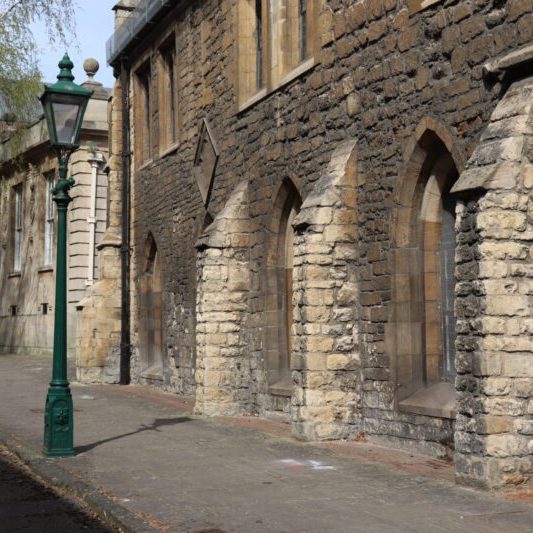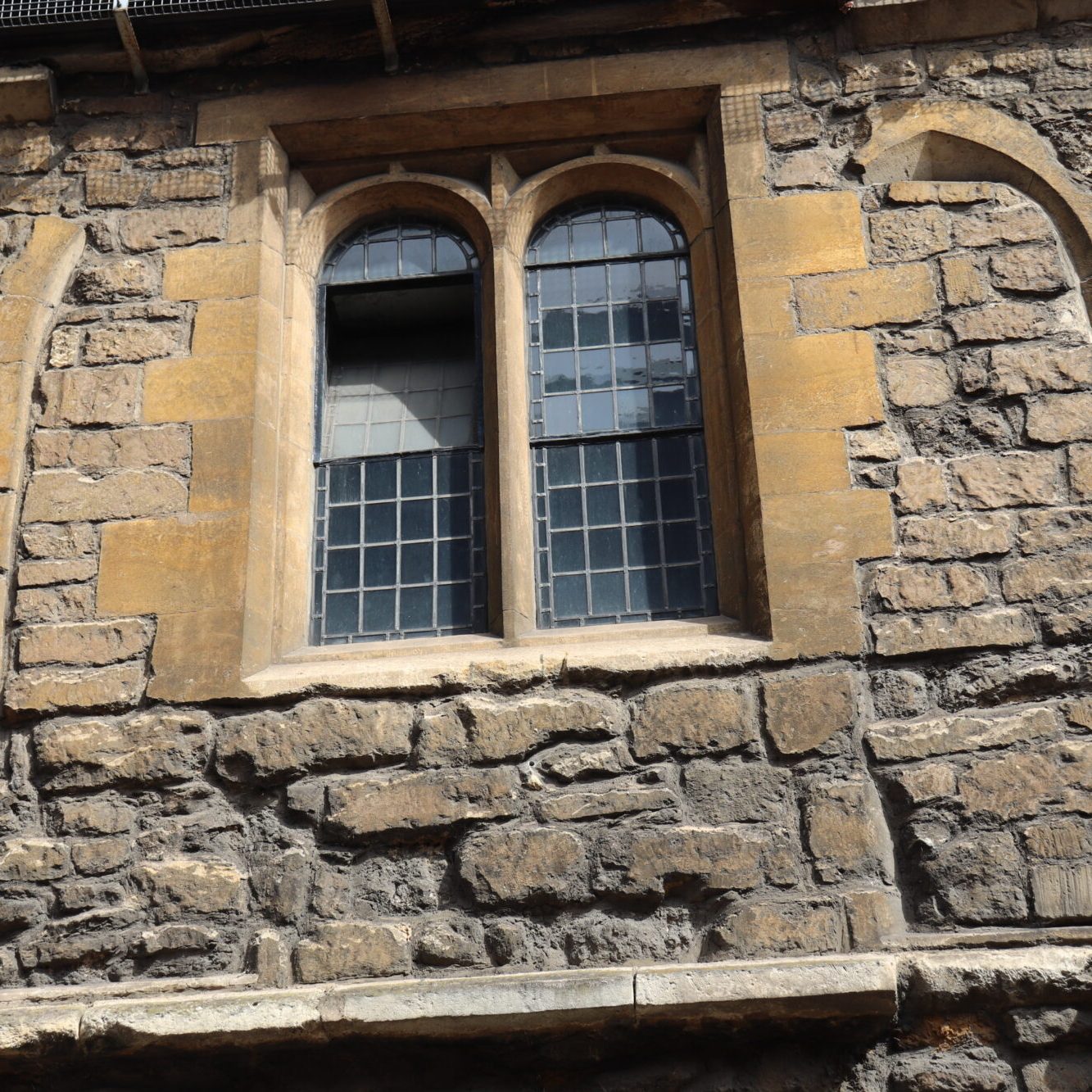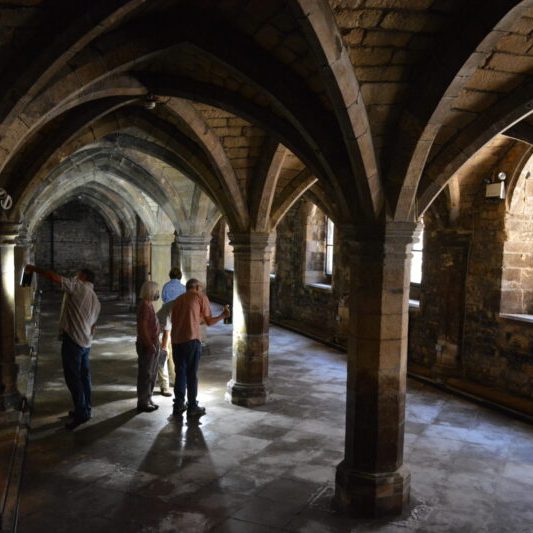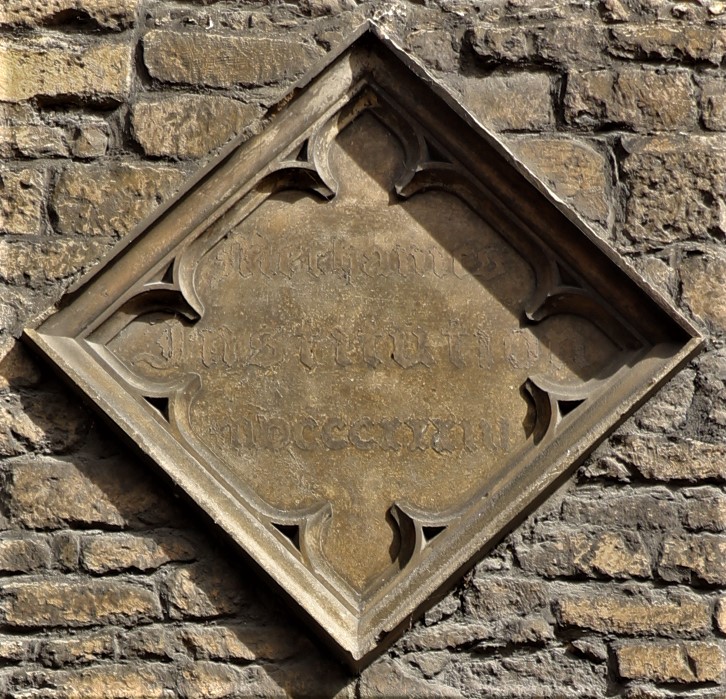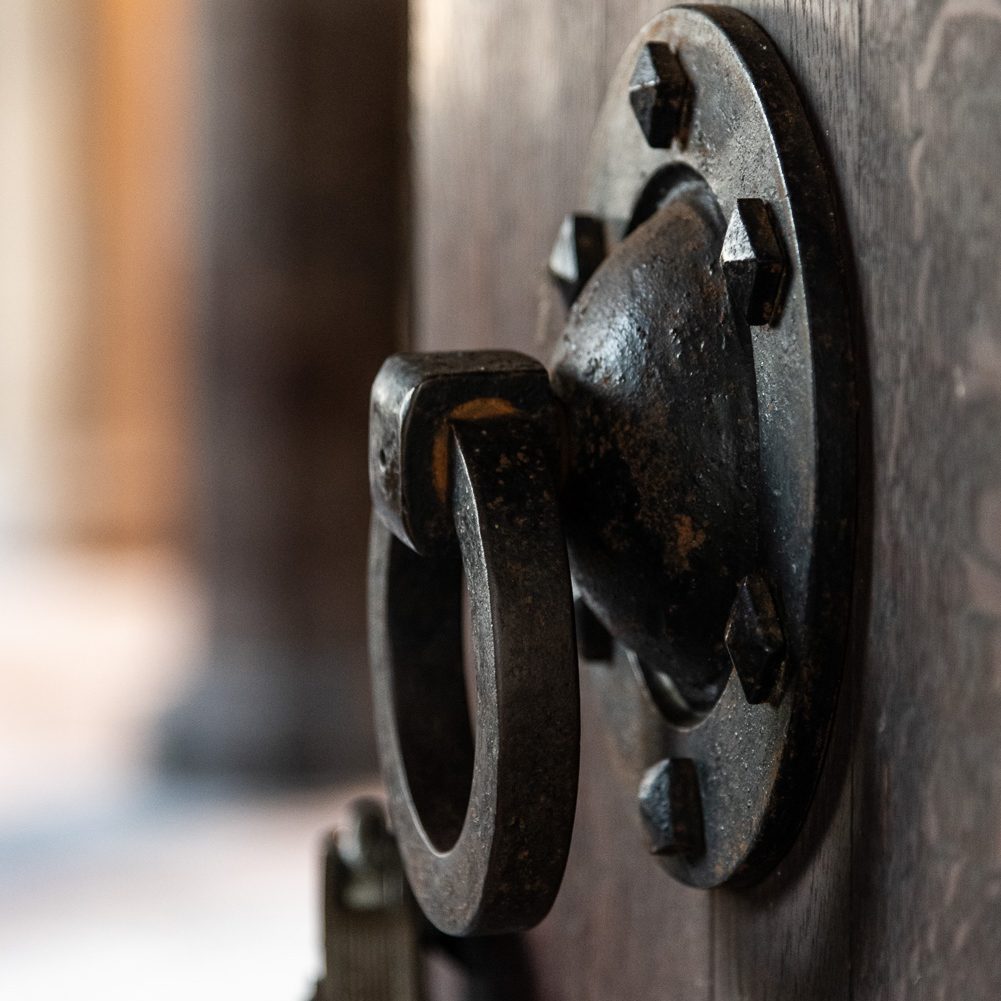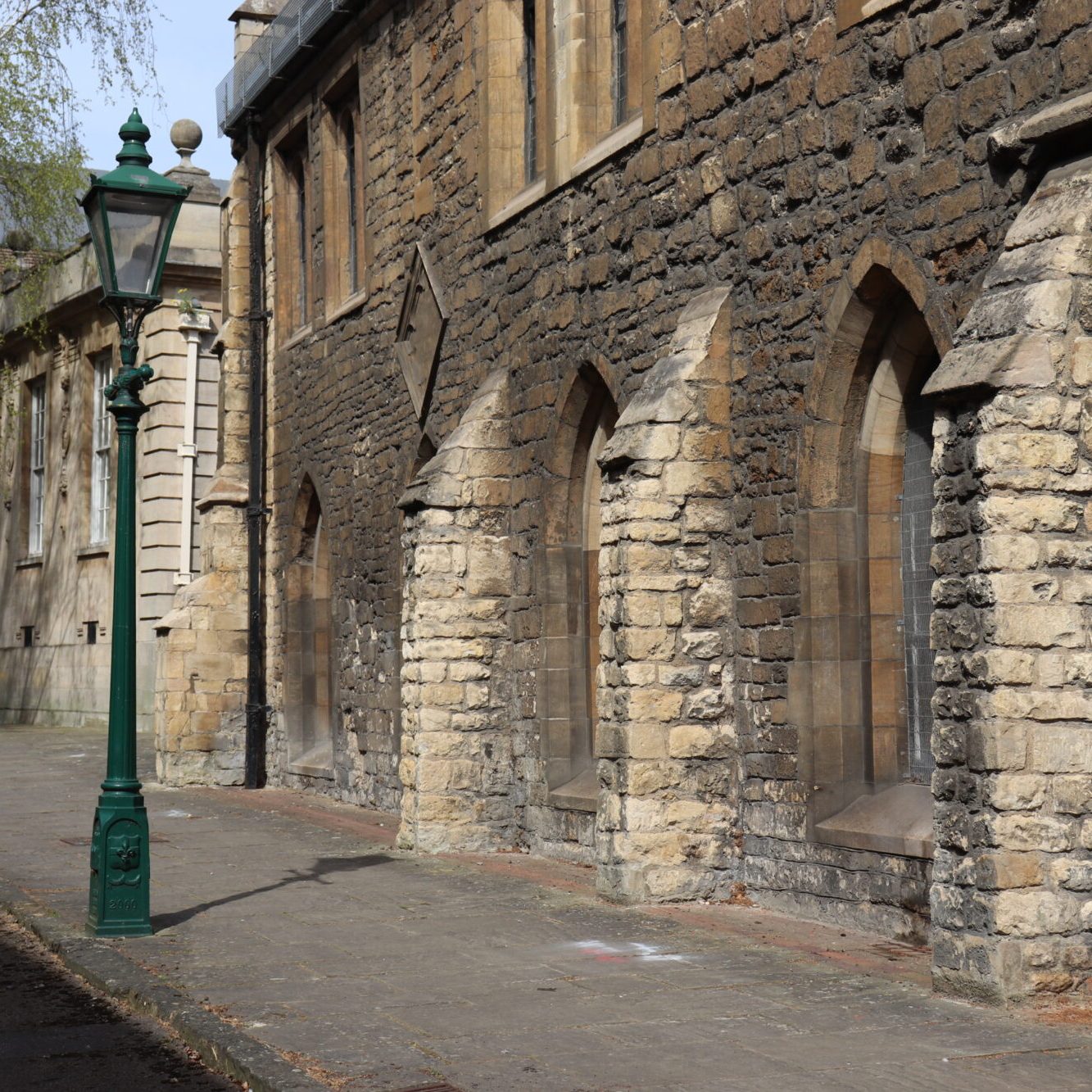About
The fascinating history of Greyfriars, Lincoln
Recent research suggests that Greyfriars is one of the earliest surviving Franciscan Friary buildings in Western Europe and possibly the oldest surviving friary building in England. It is in the heart of Lincoln’s Cultural Quarter and dates to the early 13th Century.
Greyfriars was built soon after the Franciscans arrived in the city in the 1230s and were given land stretching north from the River Witham to where Silver Street is today. The site originally consisted of a four-acre complex with a range of monastic buildings. Much of the fabric remains from a ‘phase one’ of construction, which likely began in the late 1230s. This gives form to the main structure of the building in stone.
The friary and church were completed by the 1270s and throughout the second half of the 13th Century, there is evidence of much rebuilding on the site, both from early historical accounts and within the fabric of the building itself. The iconic vaulting on the ground floor of the building – the undercroft – dates to this period.
It was used by the religious order until the Dissolution of the Monasteries in 1538, when its ownership was transferred to the City of Lincoln.
Monastic properties in Lincoln were surrendered to the crown in Lent 1539 and the Greyfriars site was almost immediately leased and converted to a private dwelling. It was turned into a free school a generation later, at which point it was also bequeathed to the city. During this phase many of the other buildings on the old monastic site were dismantled and additions were made to the building, including the installation of fireplaces to heat it and glass to upgrade the windows for the school. At this time there was no internal staircase connecting the two floors.
While the upper floor was used as a free school and then the Lincoln Grammar School continuously until 1900, the undercroft was used for a variety of largely unrelated uses, including as storage, a house of correction, a wool factory, Jersey school and Mechanics Institute.
From 1907 to 2004 Greyfriars was home to Lincoln's premier museum, latterly being managed by Lincolnshire County Council, until the artefacts were moved to ‘The Collection’, a purpose-built facility further up the hill. Since then, the building has been empty apart from its occasional use for temporary art exhibitions.
Heritage Lincolnshire
"The Heritage Trust of Lincolnshire is established to advance public understanding, knowledge and appreciation of all matters relating to the cultural and physical heritage of Lincolnshire with particular regard to its archaeology and architecture, with their associated landscapes and natural environments, social history and traditional skills, and to promote their preservation and continuity for public enjoyment."
The Heritage Trust of Lincolnshire was established in 1988, incorporated as a Company Limited by Guarantee in November 1990 and registered as a charity in January 1991.
Heritage Lincolnshire are an experienced Buildings Preservation Trust and we have completed nine projects to date and raising over £30 million for Lincolnshire Heritage.
The Trust are delighted to be on board with this project with the aim of being the end user when the building has been revived.
Membership
Become a member of Heritage Lincolnshire and support our work across the county.

